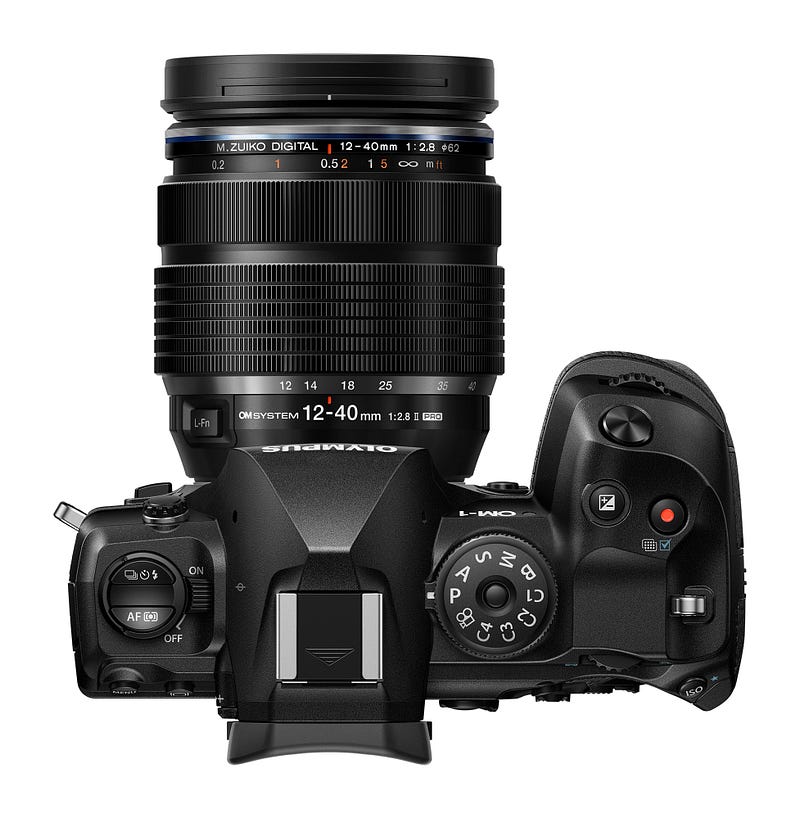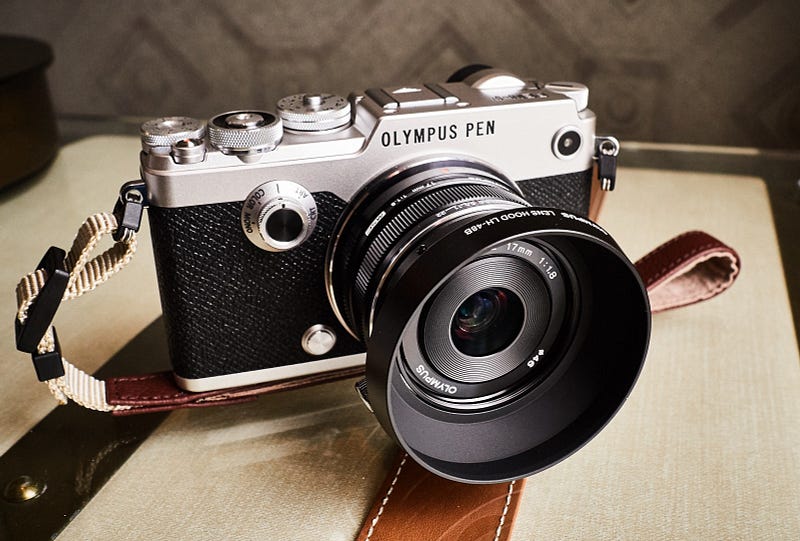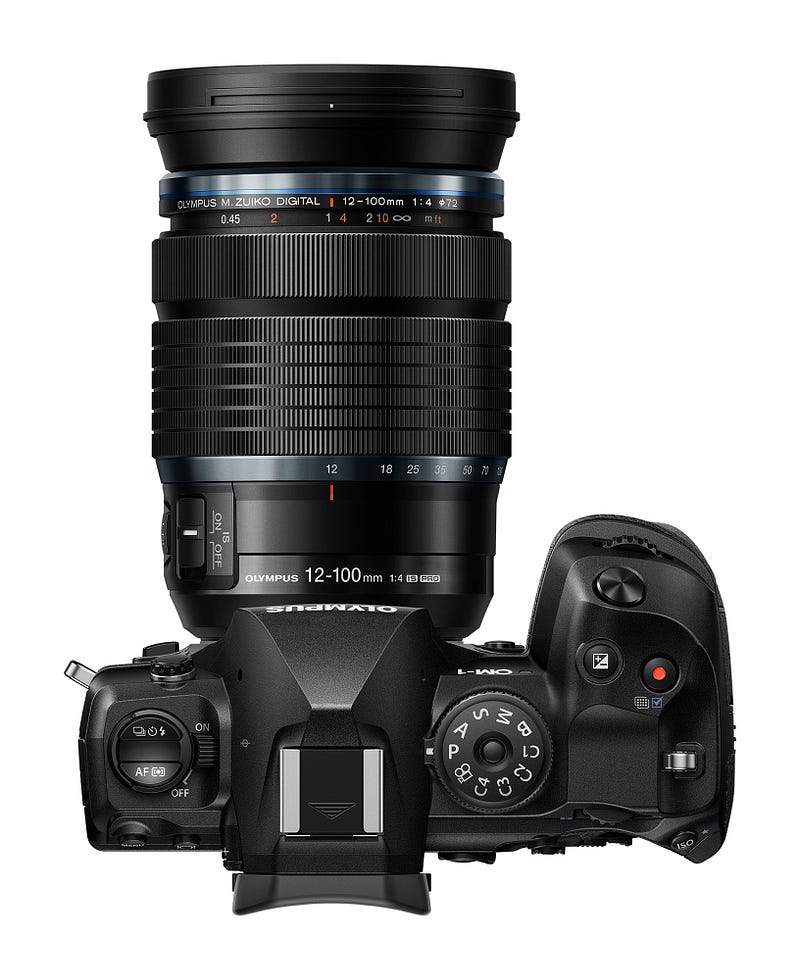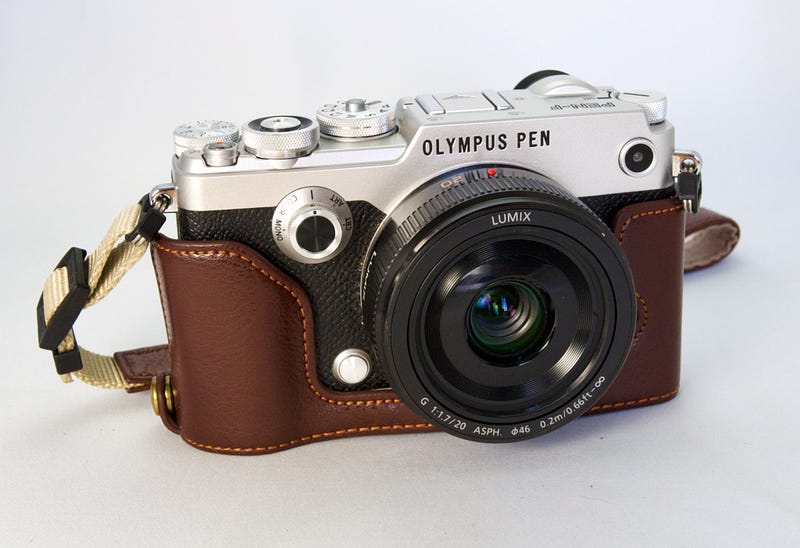Essential Lenses for Olympus Micro Four Thirds Photography
Written on
Introduction to Olympus Micro Four Thirds Lenses
With the launch of the remarkable OM System OM-1 Micro Four Thirds camera, newcomers to this mirrorless format might be curious about which lenses to invest in for a complete setup. Having been a Micro Four Thirds (MFT) photographer since the debut of the first Olympus model, which I still possess, I've tried numerous lenses for both personal and professional purposes. Here are five of the finest options available, starting with two professional-grade lenses followed by three excellent choices for enthusiasts.
Top Professional Lenses
OM SYSTEM M.Zuiko Digital ED 12–40mm f/2.8 PRO II zoom ($999) — While this zoom may not be the most portable option in the MFT lineup, it is essential for serious photographers. Featuring a constant aperture of f/2.8, it excels in low-light situations with a versatile 24–80mm equivalent focal length. (To convert MFT optics to full frame equivalents, multiply by 2X.)

The newly launched 12–40mm zoom on the OM-1 is weather-resistant with an IP53 rating, making it suitable for nearly any environment. I particularly appreciate the manual focus clutch, which allows for operation similar to that of high-end manual focus lenses, complete with distance markings. The image quality is superb, and the updated version includes an extra-low reflection optical coating that reduces lens flare and ghosting, enhancing contrast and color accuracy in challenging lighting.
If you purchase the OM-1 bundled with this lens, you can save a significant amount of money.
Olympus M.Zuiko Digital ED 40–150mm f/2.8 PRO ($1,349) — While OM System has just introduced a more compact f/4 version of this zoom, the f/2.8 model is the superior choice for professional work.

With an equivalent focal range of 80–300mm and a constant f/2.8 aperture, this lens provides ample reach for nature and sports photography, even under less-than-ideal lighting conditions. The faster f/2.8 aperture also allows you to pair it with the Olympus MC-14 M.Zuiko Digital 1.4x Teleconverter, extending the equivalent focal length to 420mm while maintaining a maximum aperture of f/4.
This lens is indispensable for event photography, especially when flash use is restricted. Thanks to the remarkable built-in image stabilization of MFT cameras, I’ve successfully handheld this lens at shutter speeds as slow as 1/15th of a second in low-light environments, producing publishable images.
Enthusiast-Friendly Lenses
Olympus M.Zuiko Digital 17mm f/1.8 lens ($499) — One of the primary benefits of Micro Four Thirds photography is the availability of compact, fast optics that make travel easy while still performing well in challenging conditions. The 17mm f/1.8 exemplifies this advantage.

Many MFT photographers consider this their everyday lens, as it combines a fast f/1.8 maximum aperture with a versatile 34mm equivalent focal length in a remarkably lightweight design. It's so compact that it easily fits into a jacket pocket or purse. Additional features include a manual focus clutch, movie and still-compatible autofocus system, and a rounded 7-blade aperture design. For an enhanced experience, consider adding the $49 LH-48B metal lens hood, which not only looks great but also protects the lens.
Olympus M.Zuiko Digital ED 60mm f/2.8 Macro lens ($549) — This lens is impressively compact for offering an f/2.8 maximum aperture and 1:1 magnification with a minimum focusing distance of just 7.5 inches. Its splash-proof and dust-proof design allows for operation in adverse weather, and the 120mm equivalent focal length is also excellent for portraits and landscape photography.
Full-frame photographers often debate whether to include bulky macro lenses due to size and weight. This lens resolves that dilemma effortlessly.
Olympus M.Zuiko Digital ED 12–100mm f/4 IS PRO lens ($1,399) — If you could only choose one lens for travel and nature photography, this would be an outstanding option. Covering a wide 24mm equivalent to a 200mm telephoto range with a constant f/4 aperture, it enables you to capture nearly any scene you encounter.

Its unique optical image stabilization works in harmony with the camera’s 5-axis stabilization to achieve Sync IS, compensating for up to 6.5 stops of camera shake. Additionally, it features weather-resistant construction, a manual focus clutch, and a rounded 7-blade aperture for beautiful bokeh. Although it is slightly larger than typical Olympus travel lenses, it may be the only lens many photographers need in the field.
Concluding Thoughts
Panasonic photographers might wonder why none of their lenses made it onto this list. This is certainly not due to any lack of quality—Panasonic lenses are excellent. While both Panasonic and OM System are founding members of the Micro Four Thirds standard, I typically prefer Olympus lenses on OM System bodies and Panasonic lenses on their respective cameras.
One notable exception is the fantastic Panasonic Lumix G 20mm f/1.7 II ASPH. lens, which I frequently use on my Olympus PEN-F. It's a compact, fast, sharp lens with a useful 40mm equivalent focal length.

I have many favorites, and perhaps a future article will focus on lenses for Panasonic users. However, the standout in the Micro Four Thirds realm right now is the exceptional OM System OM-1 camera. If you're fortunate enough to acquire one, consider adding a lens or two from this list to enhance your photographic journey.
Author's Note: For your convenience, I have included links to the lenses mentioned in this article via B&H. These links contain affiliate codes, and I earn a small commission on any purchases made through them, without affecting your price or experience. Thank you for your support! - Derrick
Lenses to Consider
This video highlights "4 Budget Micro Four Thirds Lenses That Are Actually GOOD," showcasing excellent options for photographers looking for quality on a budget.
In this video, "Lenses That Make Micro Four Thirds Make Sense," explore lenses that truly enhance the MFT experience.